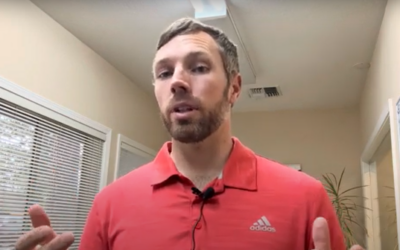Going into the summer, or just not snow and winter here in Tahoe, several types of footwear start being used. The types of footwear that you use will depend on the activity that you are performing. The unfortunate answer with footwear is “it depends.” However, I will try and share a few guidelines to keep in mind when you are trying to pick the right pair for you and your activity.
To start with, general anatomy is an important starting point. The two main components you want to consider are the balls of the feet or near the end of your toes. That area is considered the “last” or maybe you have heard of the toe box. Companies tend to run a certain last width and if you have a wide or narrow foot, you can focus on those specific companies to fit your foot better. The second main component is the medial arch or sometimes considered the arch support on the inside of the foot. Everyone is different in their arch height, and this is a common area people make mistakes in picking their footwear. A common misconception here is that a “good” shoe has good arch support and so you need to find a shoe with a big arch. Depending on your anatomy as well as the activity you want your shoes to perform, a high arch could be a horrible idea. If you have a high arch, then go with a shoe that has the higher arch support. We will discuss this more soon.
I have a couple examples of different shoes, some of them are very worn and need replacing but for example sakes they do well. Shoes that have a flat bottom and minimal arch support are your typical skate shoe. These are built to put our foot into a position that is best for balance and spreading the foot out to stand more stationary. You still may get fatigued in the foot for standing stationary for extended periods for example a security guard, but these are built for balance. For someone with a high arch, something like this would likely be a horrible idea. When standing for an extended period that medial arch can flatten so far that it can sprain the bottom of the foot because it will move further than it is meant to move, and this would clearly not be comfortable.
Going into a more athletic shoe there are some big differences. Typically, you will have more cushion in the back vs the front and it will put you leaning forward just a little, and each shoe this can vary how much. Comparing this to that flatter/skate shoe, the previous shoe is very level, and this leans forward, which can help put you in a more optimal position to spring off. You will want to allow your foot to be soft as it moves through the ground but sets you up to be rigid in the toe off phase and will give more support in that running activity with less foot splaying out. Personally, I do not have a huge arch so the shoes that I wear tend to not have a significant arch support because I want my foot to move a little and not hold it in a position that is not comfortable to start with. Again, this is general anatomy that everyone needs to consider for themselves because we have different foot types.
Another shoe would be for some of those hiking or trail activities. This specific shoe is built for hiking vs trail running. The shoe has a similar build in the sole as the previous shoe but is more rigid to accommodate for uneven terrain and try and get that middle ground of balance as well as pliable to be able to run and jump. Easy answer, like with many things, you either go so specific in the footwear that it is great at only one thing, or you go with something that will be not as good at any specific activity, but only a good shoe overall. For example, Hoka is a shoe that is trying to build that big base and wide shoe which can be great for some people, but if you were just runner sometimes, they are too heavy and wide for a pavement runner.
There are a lot of things to think about when picking shoes, but these guidelines can help give you some direction. One study I always like to share is that a study was done with military, everyone has the same shoes, but people have different types of feet. They had three groups that included a control group that had no insoles, another group they gave them a really expensive insole, and the last group they let the soldiers choose what was most comfortable. And not to our surprise is the group that picked the support that felt the most comfortable, had the best outcomes. So that expensive insole may not always be the best option.
A quick recap on this would be to find a shoe that fits well, gives you the support that you need, and then pinpoint it a little more to the activity that you are doing with that shoe. There are a lot of factors to consider with footwear and by no means am I touching on all those. These are just a few things to easily consider for yourself and narrow your search. Also, do not forget that being in good shoes for too long can cause issues as well, so do not be afraid to throw them out and get new ones. I feel you on that one. I hang onto shoes too long sometimes. Let me know if you have any other footwear questions.
Reference https://www.saintlukeskc.org/health-library/choosing-right-shoes-comfort for additional thoughts
Feel free to ask any more questions you may have and see you soon.
Tahoe’s Premiere Sports Chiropractor
Follow us on
Facebook https://www.facebook.com/summittoshore/
Instagram https://www.instagram.com/summittoshore/





